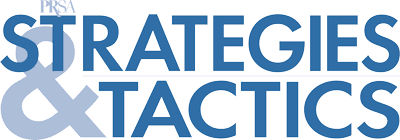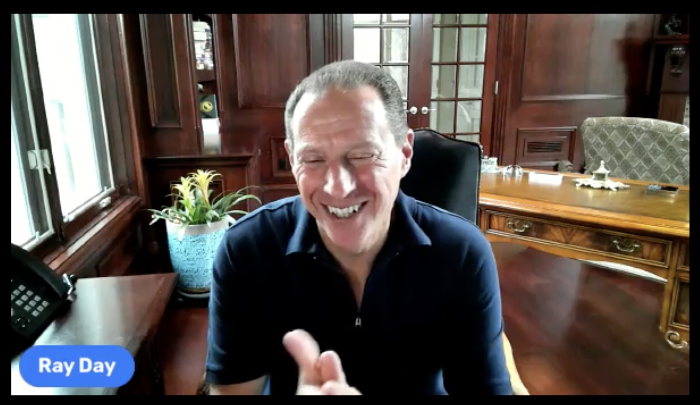Chair-Elect Ray Day, APR, Discusses Misinformation During a Critical Election Year
By John Elsasser
May 2024
In late 2023, PRSA convened a group of nearly two dozen communications executives, journalists, and academics to discuss misinformation and disinformation. Further discussions inspired a first-of-its-kind guide titled “Tackling Misinformation: The Communications Industry Unites,” a collection of perspectives, data points, analyses and resources that PRSA released on April 8.
The guide, produced in association with Issuer Direct, is designed to educate communicators and help them navigate the growing problem of mis- and disinformation.
“We knew it was time to take what we had been talking about to the next level,” said Ray Day, APR, vice chair of Stagwell and PRSA’s 2024 chair-elect, who helped spearhead the project.
I talked with Ray about “Tackling Misinformation” in a video interview we released simultaneously with the guide.
Here’s an edited excerpt from that conversation.
At PRSA, we’ve been talking about misinformation and disinformation for several years. What inspired you and PRSA leadership to convene this group of thought leaders and address these issues late last year?
It’s a very proud moment for PRSA to once again lead the way on such an important topic. And yes, this has been on our minds for several years. But in 2024, we are at a pivot point. More than 50 countries around the world are in an election cycle. AI has gone mainstream. The World Economic Forum cited misinformation as one of the top risks for society in 2024.
We knew from a PRSA standpoint that it was time to take what we had been talking about to the next level. We pulled together these leaders and said, “Let’s move from talking about it to doing something about it.”
Misinformation is not new. Spreading lies, spreading false information, either intentionally or unintentionally, has been happening since people have been communicating. What is new is the speed of misinformation and how it’s scaling — in part due to the technology available to all of us, particularly generative AI.
I still hear communicators and others saying, “What can I do to help stop the spread of misinformation or disinformation with our own communications channels?”
We all need to be more discerning, more skeptical. We need to ask more questions in a nonthreatening way.
One of the things we’re trying to do by attacking the misinformation issue is not create a bigger issue on civil discourse. We want to be able to talk to each other and respectfully disagree and still be able to get together at the bar and have a drink together. We need to make sure we’re getting well-rounded sources of information from beyond our echo chamber or comfort zone.
Going back to November, with the initial gathering of thought leaders and PRSA leaders, and in subsequent conversations, what points stuck with you?
Social media platforms have been part of the misinformation problem, but so have we, as communicators. When I brought this group together, I didn’t see any finger-pointing. It was great to see the passion, with so many people wanting to help.
What we do for a living is based on trust. I have long believed that the winners in our industry… are those who will be the most trusted. And if we continue to see this question mark over trust in the media, in institutions and even PR people, that’s not healthy for any of us. By coming together to counter misinformation, we are also working on improving our reputation and our trust.



